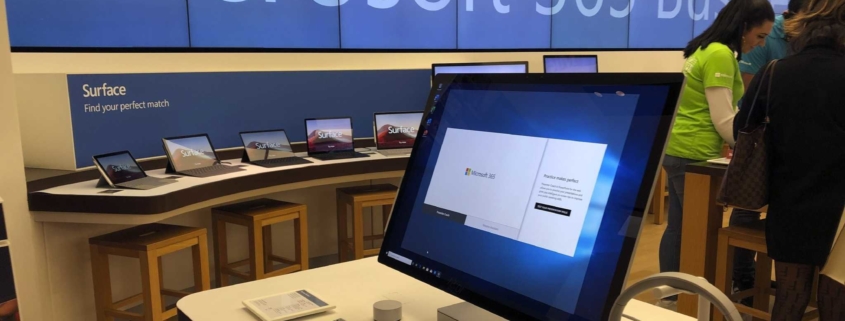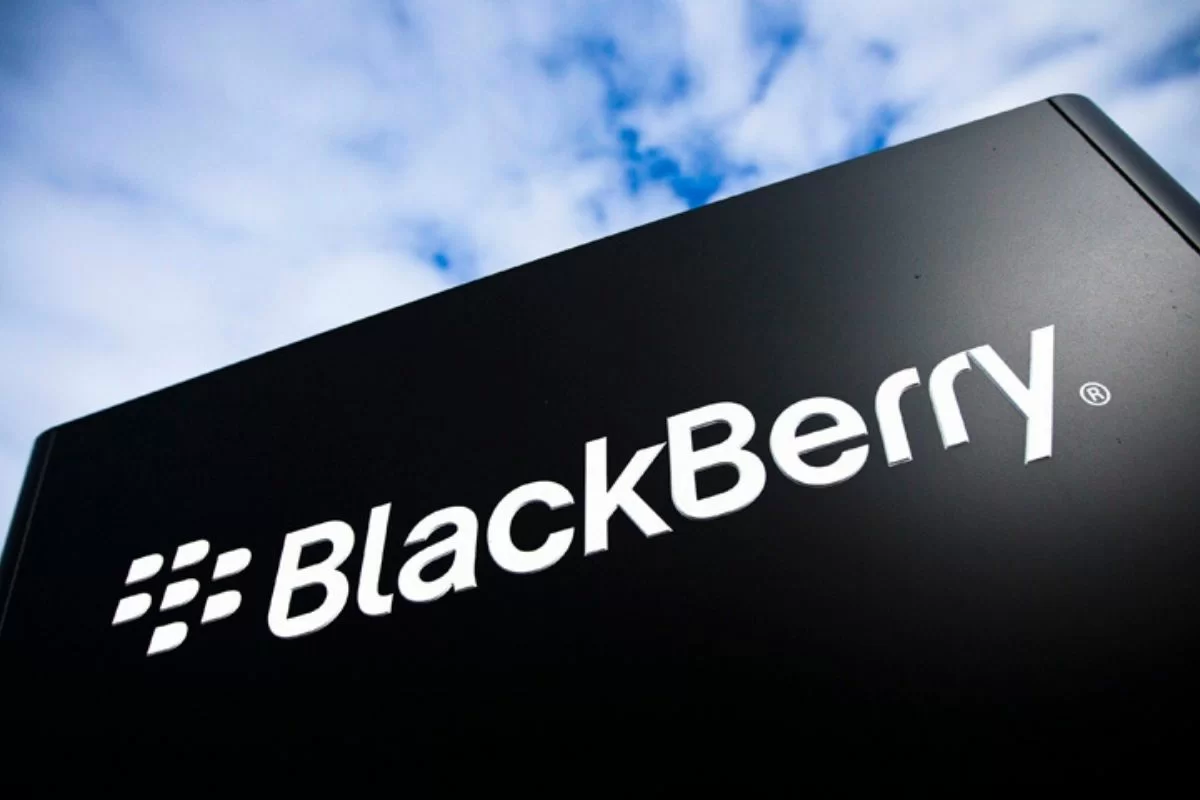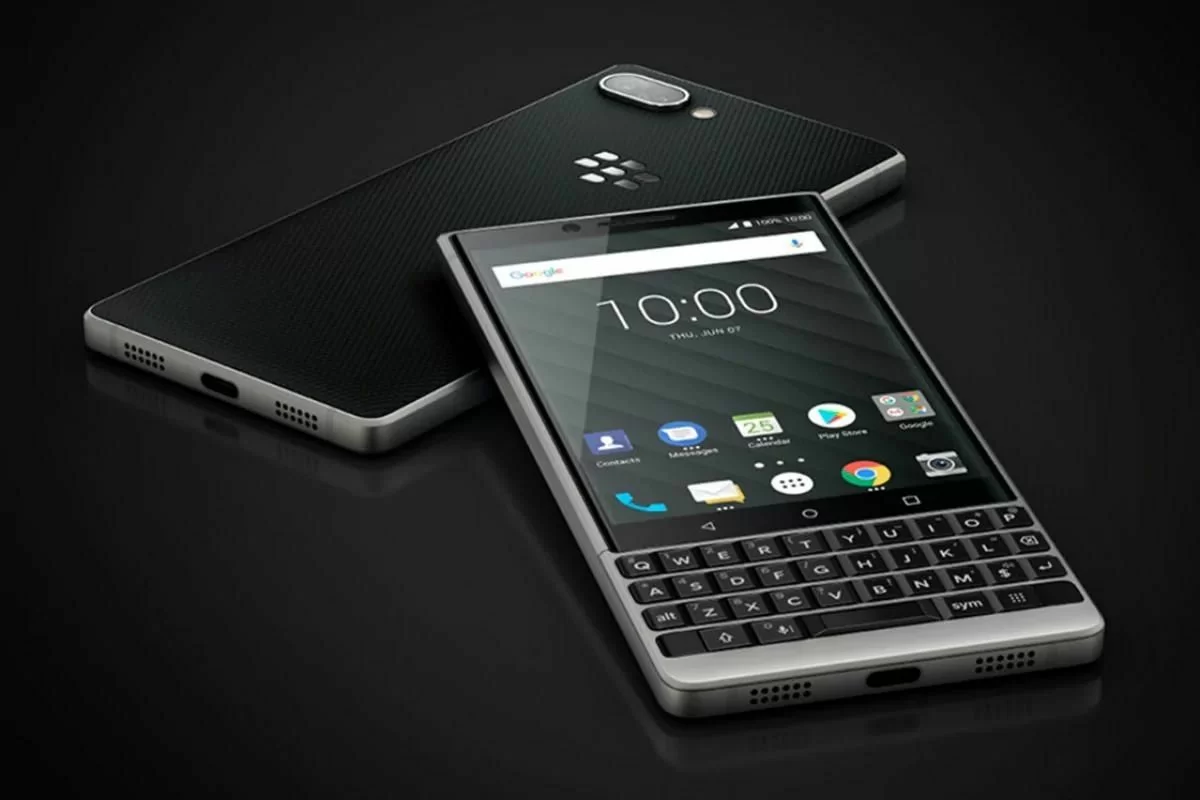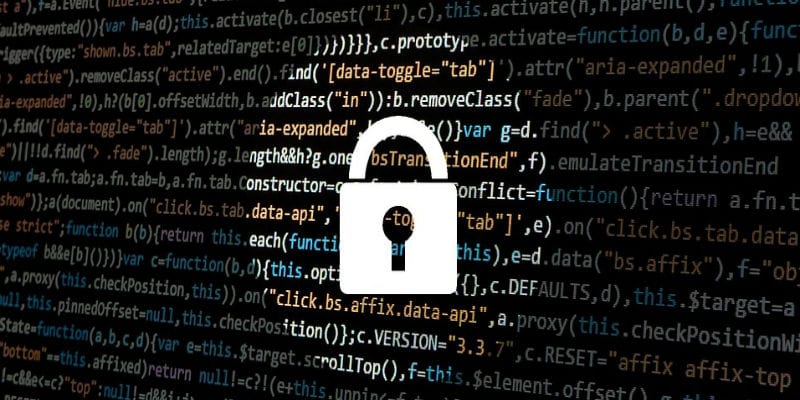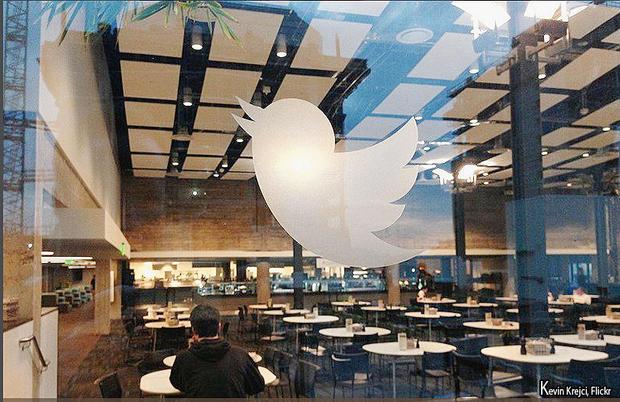Microsoft Exchange hack caused by China, US and allies say
WASHINGTON (AP) — The Biden administration and Western allies formally blamed China on Monday for a massive hack of Microsoft Exchange email server software and asserted that criminal hackers associated with the Chinese government have carried out ransomware and other illicit cyber operations.
The announcements, though not accompanied by sanctions against the Chinese government, were intended as a forceful condemnation of activities a senior Biden administration official described as part of a “pattern of irresponsible behavior in cyberspace.” They highlighted the ongoing threat from Chinese hackers even as the administration remains consumed with trying to curb ransomware attacks from Russia-based syndicates that have targeted critical infrastructure.
The broad range of cyberthreats from Beijing disclosed on Monday included a ransomware attack from government-affiliated hackers that targeted victims — including in the U.S. — with demands for millions of dollars. U.S officials also alleged that criminal contract hackers associated with China’s Ministry of State Security have engaged in cyber extortion schemes and theft for their own profit.
Meanwhile, the Justice Department on Monday announced charges against four Chinese nationals who prosecutors said were working with the MSS in a hacking campaign that targeted dozens of computer systems, including companies, universities and government entities. The defendants are accused of targeting trade secrets and confidential business information, including scientific technologies and infectious-disease research.
Unlike in April, when public finger-pointing of Russian hacking was paired with a raft of sanctions against Moscow, the Biden administration did not announce any actions against Beijing. Nonetheless, a senior administration official who briefed reporters said that the U.S. has confronted senior Chinese officials and that the White House regards the multination shaming as sending an important message, even if no single action can change behavior.
President Joe Biden told reporters “the investigation’s not finished,” and White House press…
